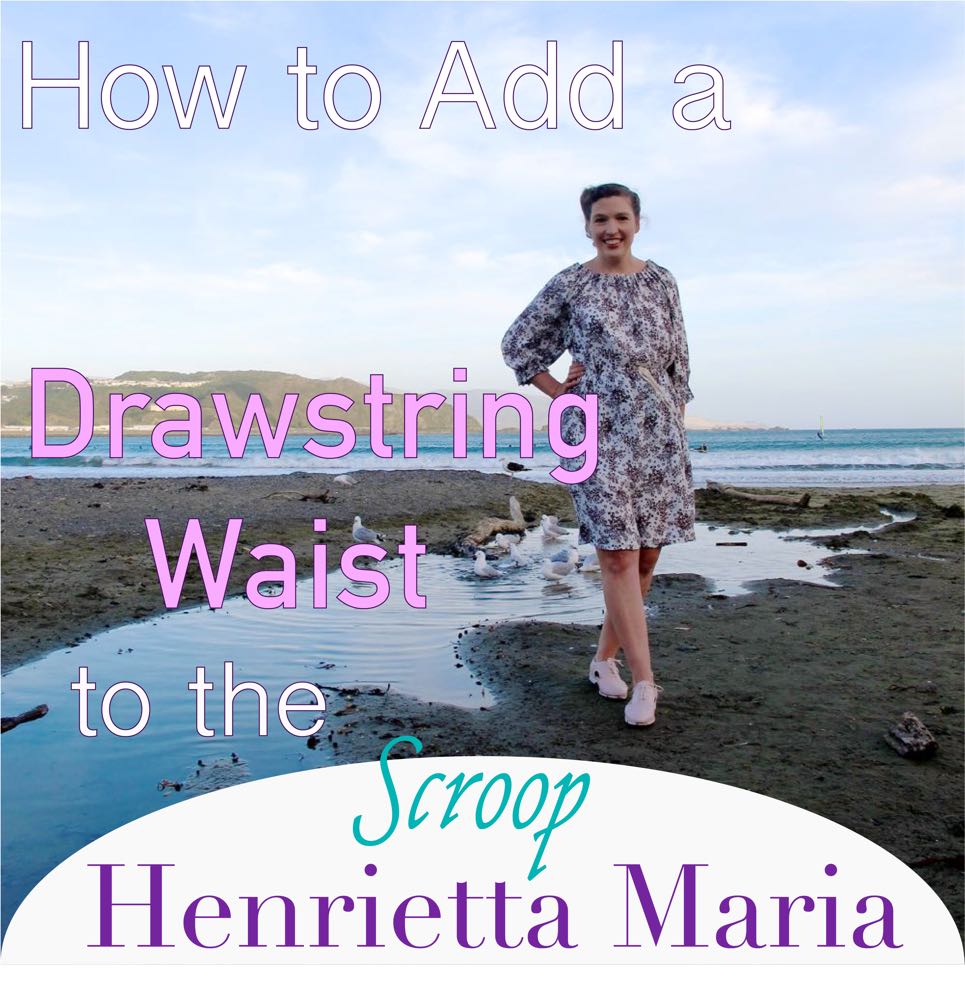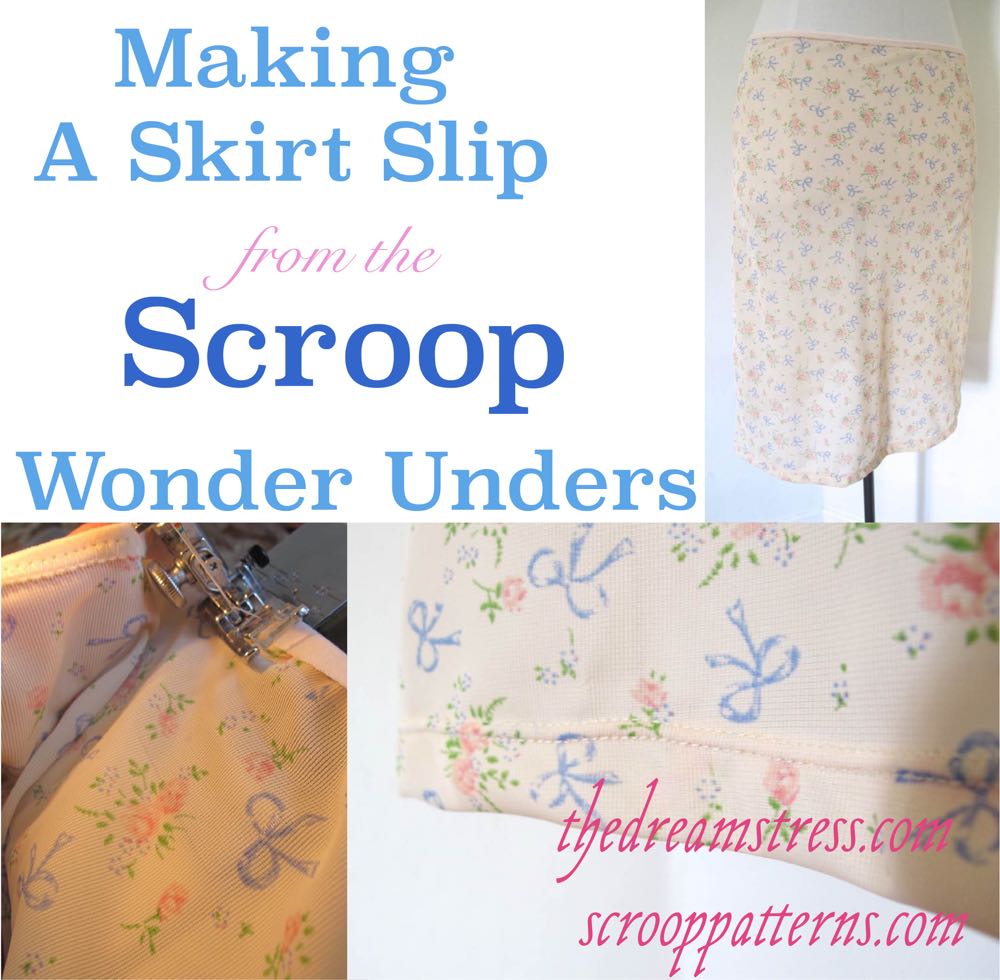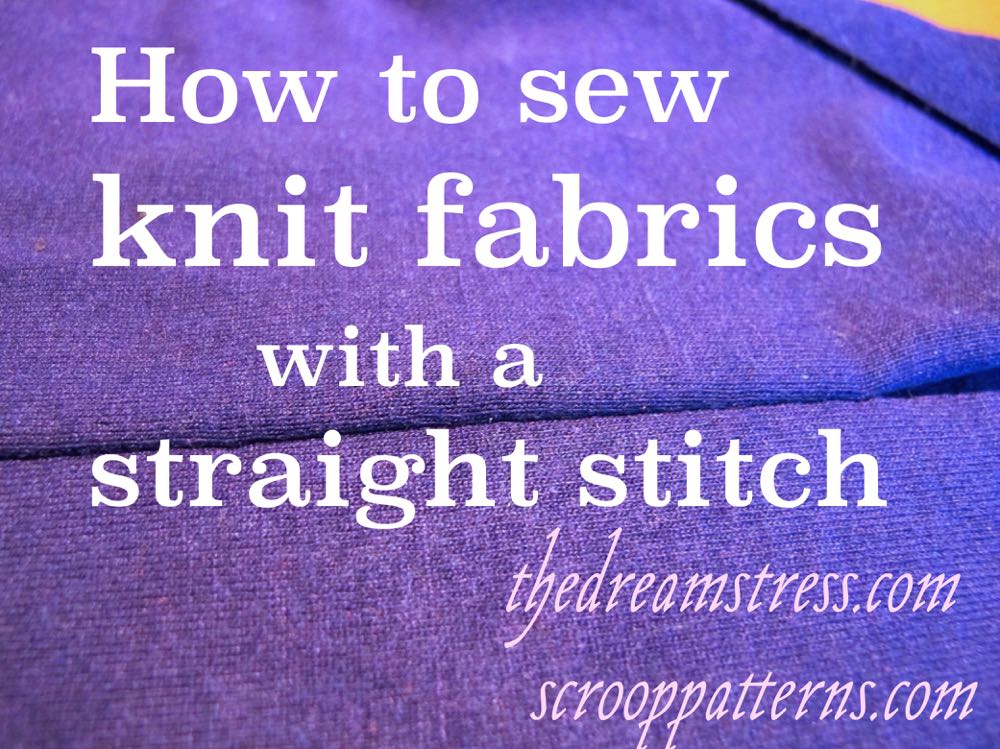How to add a drawstring waist to the Scroop Henrietta Maria Dress
I’ve already shown how to add an elastic waistband to the Scroop Henrietta Maria dress, but there is another way to add waist definition (other than the simplest of all: wearing a belt, of course!): with a drawstring. Here is how to create a drawstring on the Henrietta Maria. This technique will work on any loose, straight-cut dress, so feel free to adapt it for other garments. You’ll be marking the waistband, working buttonholes for the drawstring to enter and exit through, sewing a casing channel, and then threading the drawstring through. Easy! You’ll need: Ribbon or twill tape for a drawstring – under 1/2″ wide, and long enough to go around your waist, tie in a nice bow, and hang down an attractive amount. 2.5cm/1″ wide single-fold bias tape, as long as the finished waist measure of your Henrietta Maria (measure around your finished dress, or refer to the Finished Garment measurements in the pattern) + 15cm/6″. Chalk or fabric markers for marking A french curve or ruler. A scrap of lightweight fusible interfacing, …



